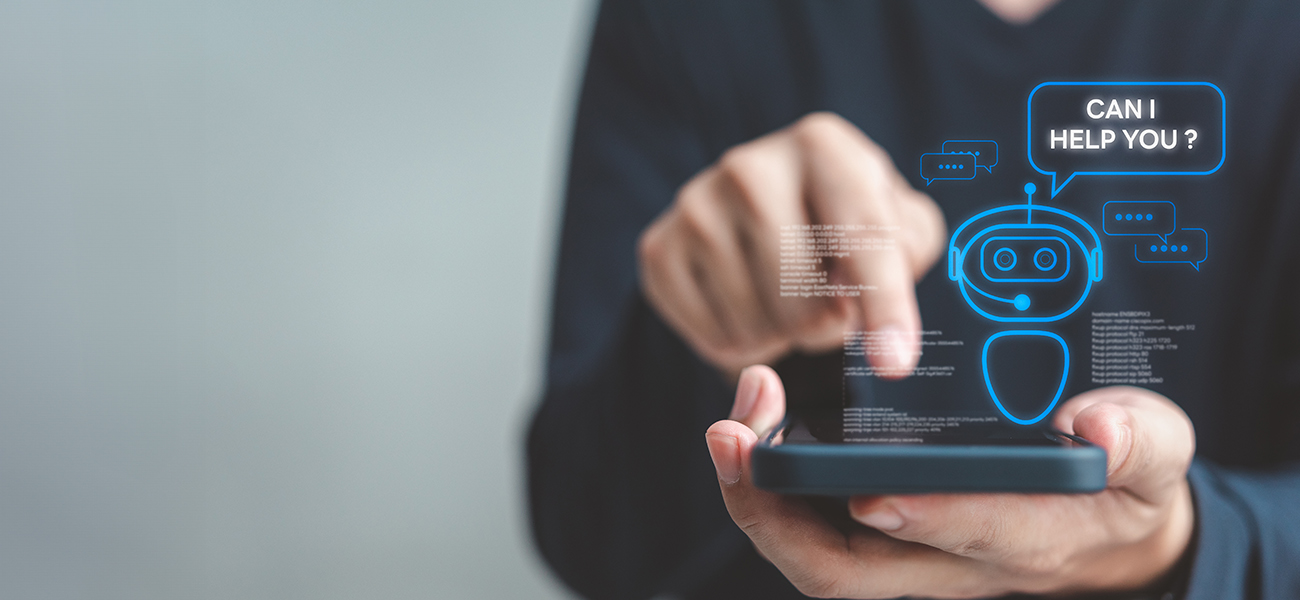
AI chatbots are becoming a common part of children’s online routines. They use them to solve math problems, draft stories, ask questions, and even seek emotional support. These tools feel intelligent and approachable, which makes them especially appealing to young users. But every question typed, every message sent, and every detail shared contributes to a growing digital profile, one that children don’t always realize they are building.
While AI opens doors for creativity and learning, it also comes with risks. Some parents assume chatbots are harmless because they don’t behave like traditional social media platforms. In reality, many AI tools store user input, analyze behavior patterns, and learn from conversations. This means personal information can be captured and used in ways children might not understand.
AI responses aren’t always predictable. A child may ask innocent questions but receive complex or inaccurate information. Without guidance, they may mistake AI-generated ideas for facts or believe statements that require critical thinking. And because AI systems are designed to engage users, children might develop an emotional reliance, treating the chatbot like a friend instead of a tool.
These risks may lead to:
Helping kids stay safe with AI is not about restricting technology; it’s about teaching them to use it wisely.

Companies that release chatbots usually have ethical guidelines as to what the chatbot is — and isn’t — allowed to talk about. The problem is that chatbots are easily manipulated to discuss inappropriate topics if given the right prompt. It’s now a well-known workaround that kids can simply tell the AI “pretend you’re a character in a story” or say it’s “for a school project,” to get the AI talking about inappropriate topics.
Again, without that human intuition or moral reasoning, AI bots can’t always tell when it’s being manipulated — or when it’s putting a child at risk.
Most of these chatbots were not necessarily created with kids in mind. This means they usually lack some sort of child-safe mode or parental controls that would make it appropriate for young users. Kids essentially have the same access that any adult would have when they log on to ChatGPT or the My AI feature on Snapchat.
Some kids use AI to get their homework done, but others are using it to address deeper needs of friendship and companionship. Particularly with roleplay apps, such as Character.AI or Replika, kids get sucked into having lengthy, heartfelt conversations with these bots and begin to feel a sense of acceptance and validation from them.
The trouble is, AI doesn’t always know how to be a good friend. Sadly, there have been reports of kids being emotionally attached to bots who encourage unhealthy mental health behaviors. Some bots have been accused of going as far as to encourage death by suicide, like in the case of 14-year-old Sewell Setzer III.
When kids interact with AI, they’re often sharing a lot of personal information — both intentionally and unintentionally. These AI sites can store and analyze this data, and even use it to train future AI models. Some AI sites have less than transparent data practices, meaning users don’t know what data these platforms are collecting or for what use.
The convenience and efficiency of AI can easily cause us to overlook the more complex dangers it comes with. Kids especially often have the mindset of, “It’s just an app, how bad could it be?” But over time, AI can deeply influence the way users think, feel, and interact with the world, which can be very risky for vulnerable, impressionable kids.
You don’t need to be an expert in artificial intelligence to protect your child. A few simple habits can make AI interactions safer:
Safe AI use comes from awareness. Encourage your child to pause before sending a message, think about why they’re asking something, and verify information with trusted sources like parents, teachers, or books. When kids understand the boundaries, they learn to use AI as a learning partner—not an emotional substitute or unlimited source of truth.
A child’s digital world should be creative, educational, and safe. With consistent guidance and open conversations, AI can become a helpful tool—not a hidden risk.
 Like
2
Like
2
 Dislike
0
Dislike
0
 Love
2
Love
2
 Funny
0
Funny
0
 Angry
0
Angry
0
 Sad
0
Sad
0
 Wow
1
Wow
1